How to Write Powerful Prompts for AI Image Generators
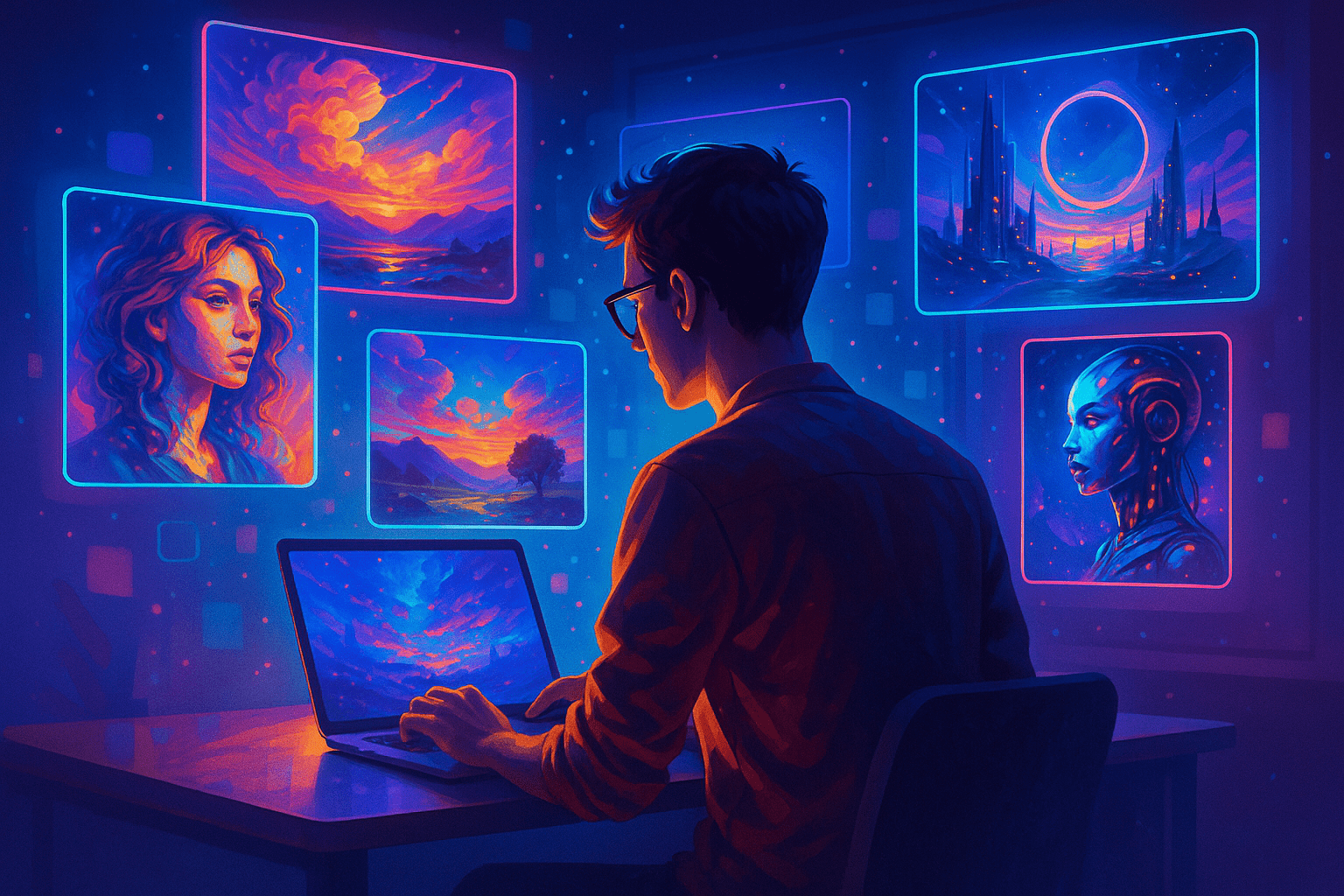
Have you ever typed something into an AI image generator and ended up with a weird, off-target picture? Don’t worry — it’s not just you. The magic of tools like MidJourney, DALL·E, and Stable Diffusion lies in how you talk to them. The secret is prompting: the words you use to describe your vision. With the right prompt, AI can turn your ideas into breathtaking images. In this guide, you’ll learn how to write the perfect AI prompt, step by step.
Why Prompts Matter in Image Generation
An AI image tool doesn’t “see” what’s in your head. It only follows the words you feed it. That’s why clear, specific prompts are the difference between a masterpiece and a mess.
Think of it like ordering food at a restaurant:
- “Bring me food” → Who knows what you’ll get.
- “Bring me a medium-rare steak with mashed potatoes and garlic butter” → Now that’s precise.
AI image generation works similarly.
The Formula for a Great Image Prompt
A strong prompt usually includes:
[Subject] + [Style/Genre] + [Details/Adjectives] + [Camera/Lighting] + [Mood/Emotion]
Example:
👉 “A futuristic city skyline at night, cyberpunk style, glowing neon lights, ultra-detailed, cinematic lighting, in the mood of Blade Runner.”
Notice how it paints a full picture for the AI? The more you guide it, the closer the result will be to your imagination.
Breaking Down Prompt Elements
- Subject (What the picture is about)
Example: “A golden retriever puppy”
- Style/Genre (Artistic direction)
Example: “in watercolour painting style” or “ultra-realistic 8K photo”
- Details & Adjectives (Descriptive words)
Example: “with fluffy fur, wearing a red bow tie”
- Camera/Lighting (If you want a photo look)
Example: “close-up portrait, soft natural lighting, DSLR lens”
- Mood/Emotion (The feeling of the image)
Example: “happy, cosy, inviting atmosphere”
Combine them and you get a professional-level prompt.
Examples: Weak vs Strong Prompts
❌ Weak Prompt:
“Make a tree.”
Result: A generic tree.
✅ Strong Prompt:“A giant oak tree at sunset, ultra-realistic 8K, golden light shining through leaves, fantasy atmosphere, cinematic view.”
Result: A rich, emotional, visually stunning picture.
Tips to Master Image Prompting
- Be Specific: The AI can’t read your mind. Add details such as colour, texture, or mood.
- Use Comparisons: “in the style of Van Gogh” or “like Pixar animation.”
- Stack Keywords: Add 3–5 descriptive words for stronger visuals (e.g., vibrant, surreal, wide-angle).
- Experiment with Length: Sometimes short prompts work best, other times long prompts unlock magic.
- Refine Iteratively: Don’t settle for the first try. Adjust a word, change the mood, and try again.
Popular Styles to Try
- Photography: “ultra-realistic, DSLR, depth of field”
- Fantasy Art: “magic, glowing runes, mythical creatures”
- Cartoon/Anime: “Pixar style, Studio Ghibli inspired”
- Futuristic/Cyberpunk: “neon lights, rainy streets, holograms”
- Minimalist/Abstract: “flat design, pastel colours, clean lines”
These keywords instantly guide the AI toward the vibe you want.
Conclusion
AI image generation is like a collaboration: you bring the idea, the AI brings the canvas. The better your prompt, the better your result. Start small — pick one subject and experiment by adding style, lighting, and mood. Soon you’ll be crafting prompts that turn imagination into art.
Action step: Open your favourite AI image tool today and try this formula:
[Subject] + [Style] + [Details] + [Lighting] + [Mood].
See how much more powerful your results become.
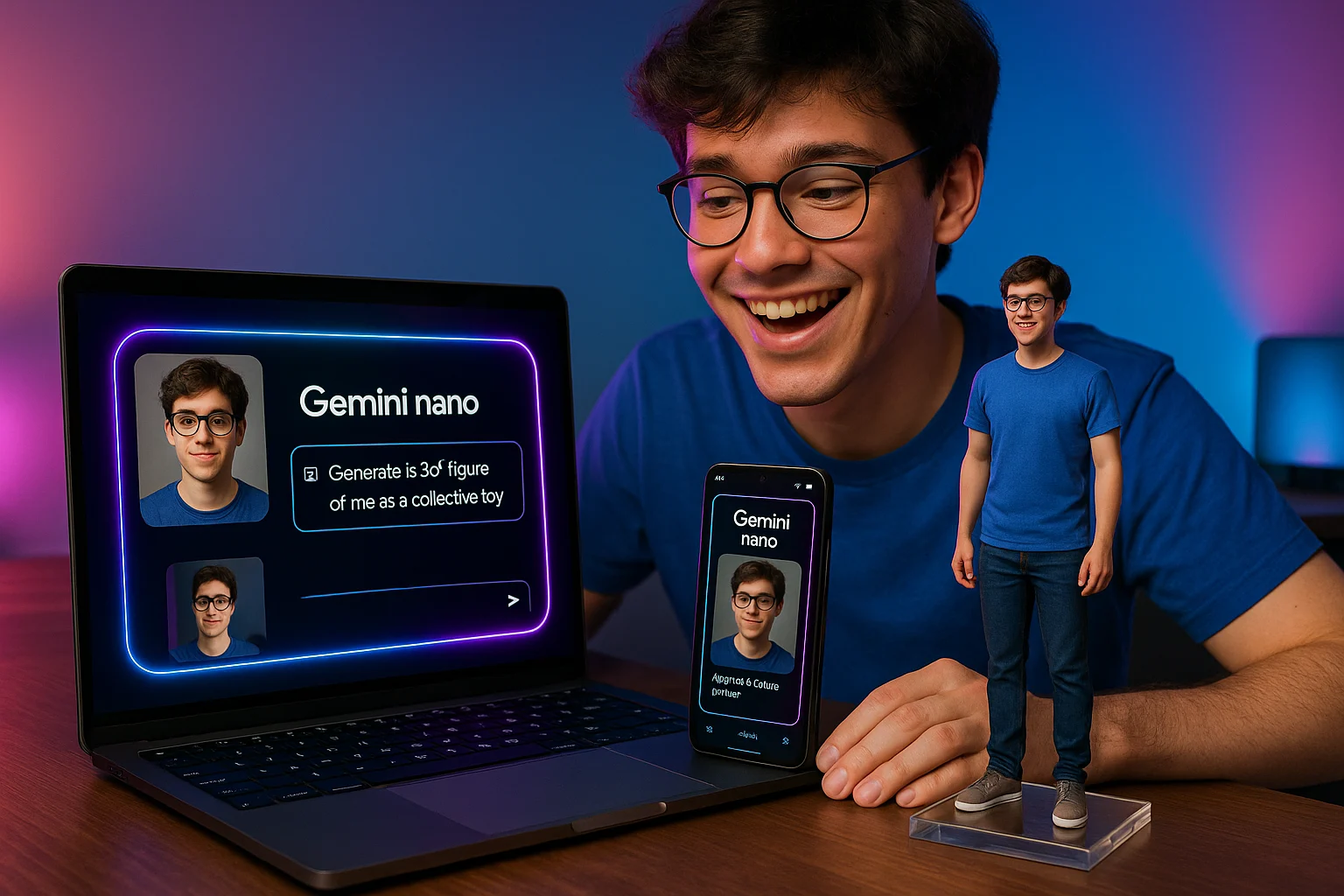


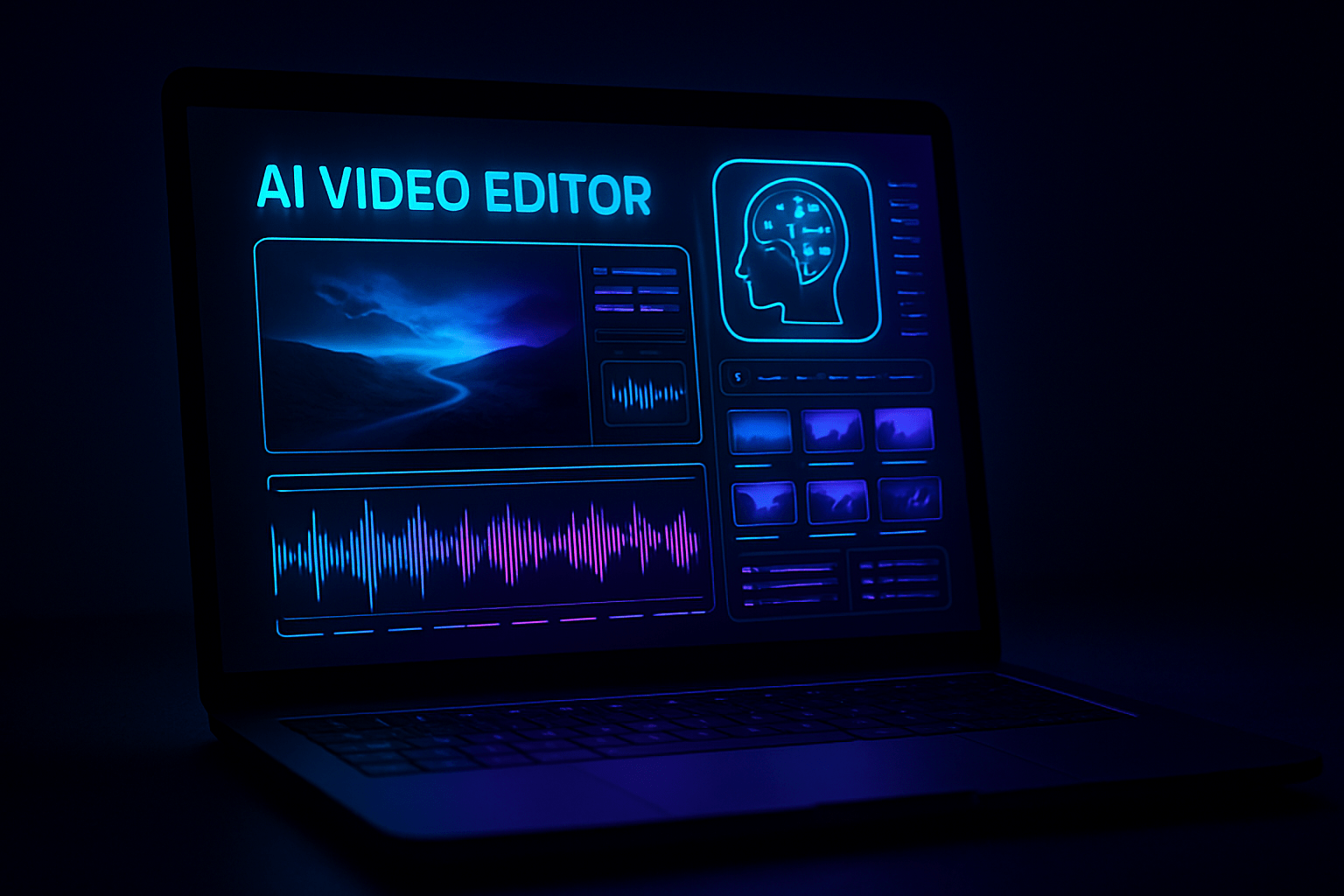
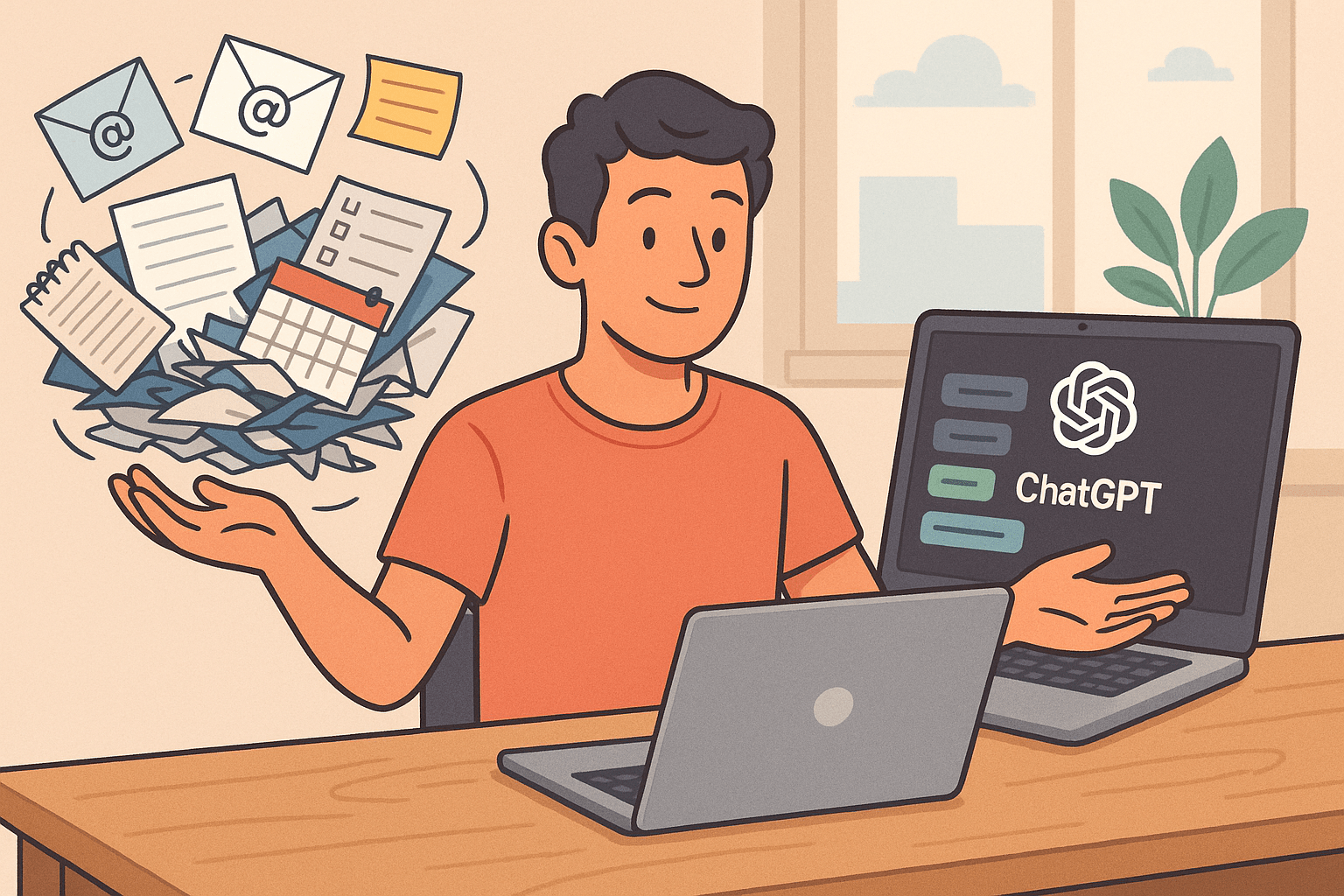
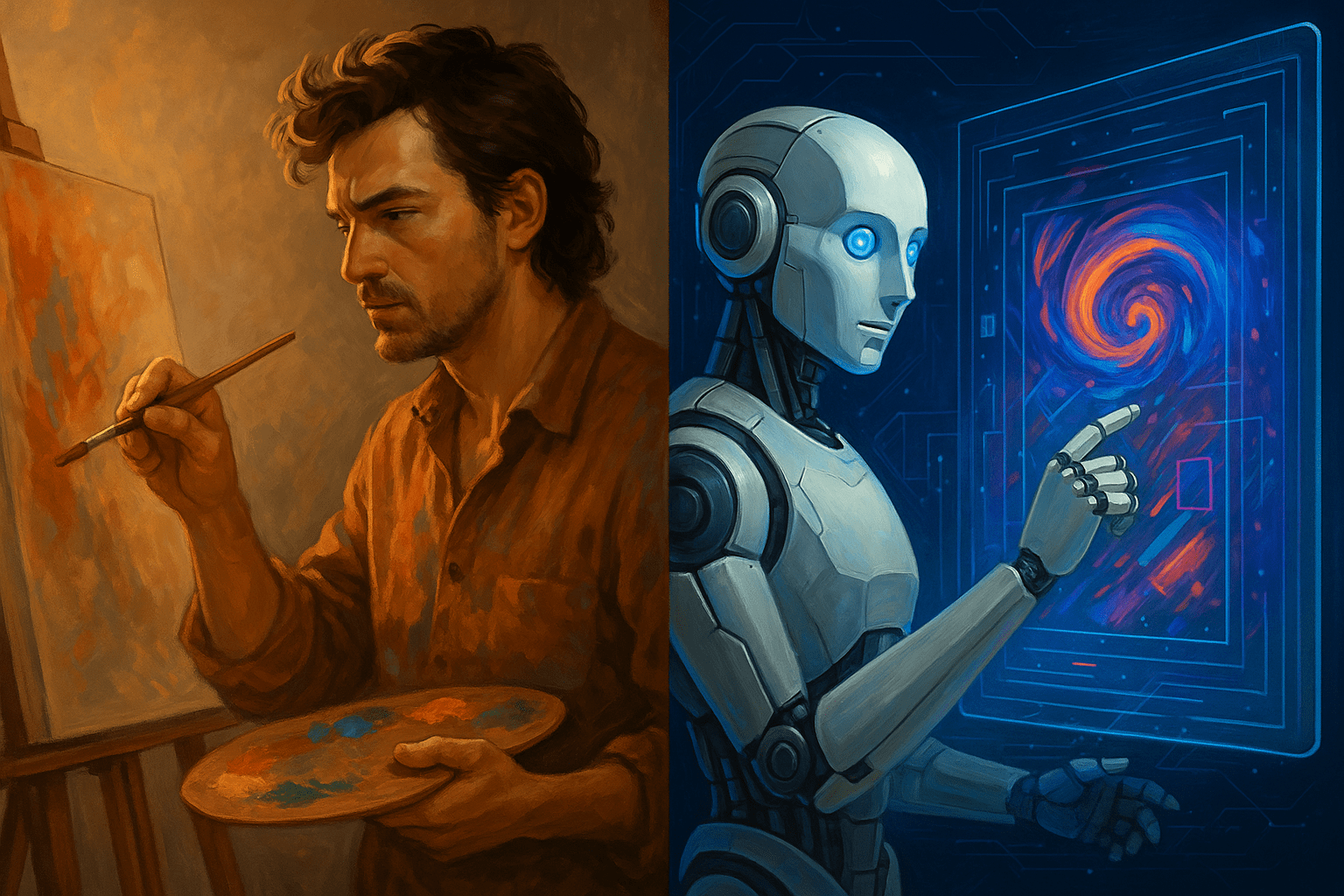
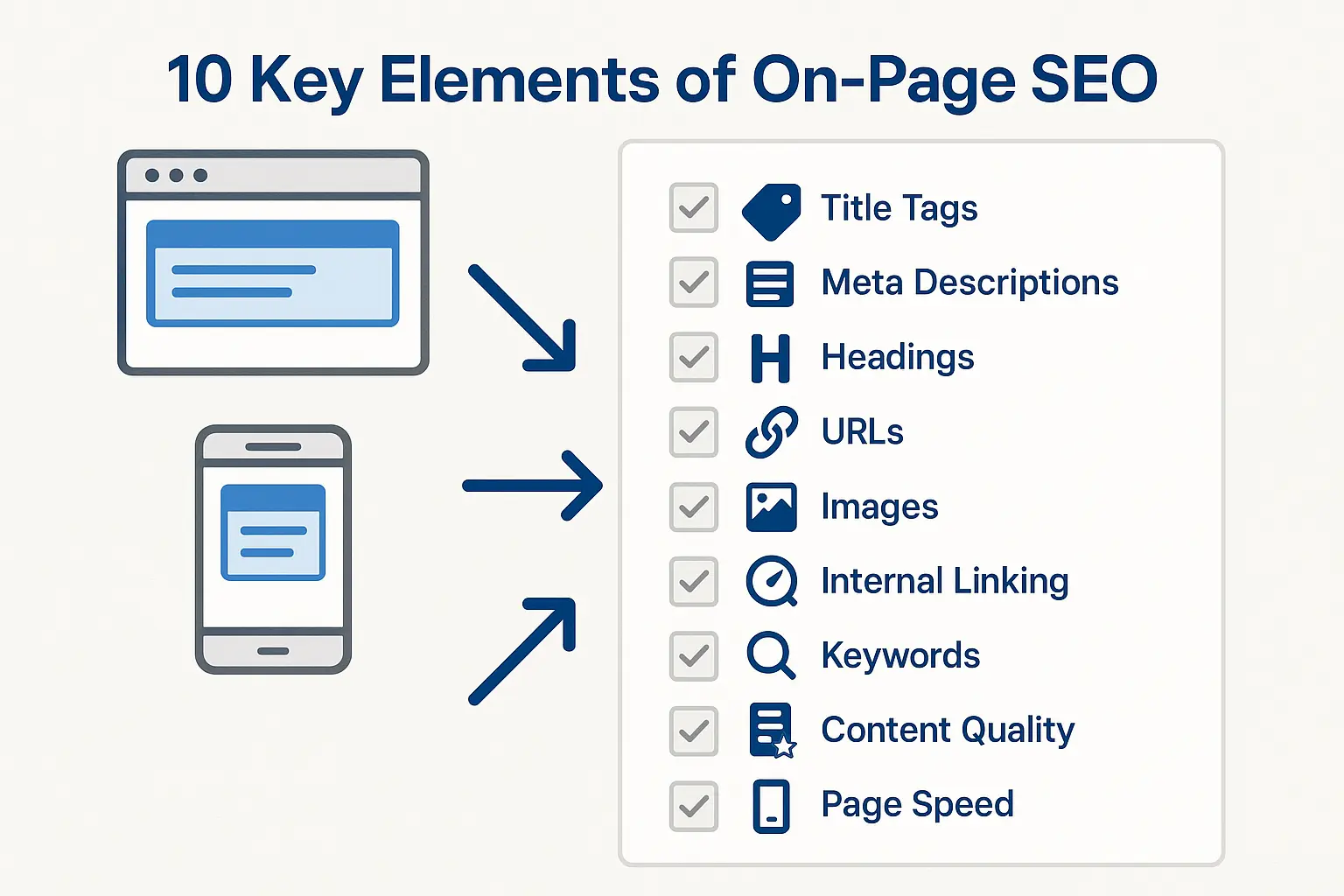
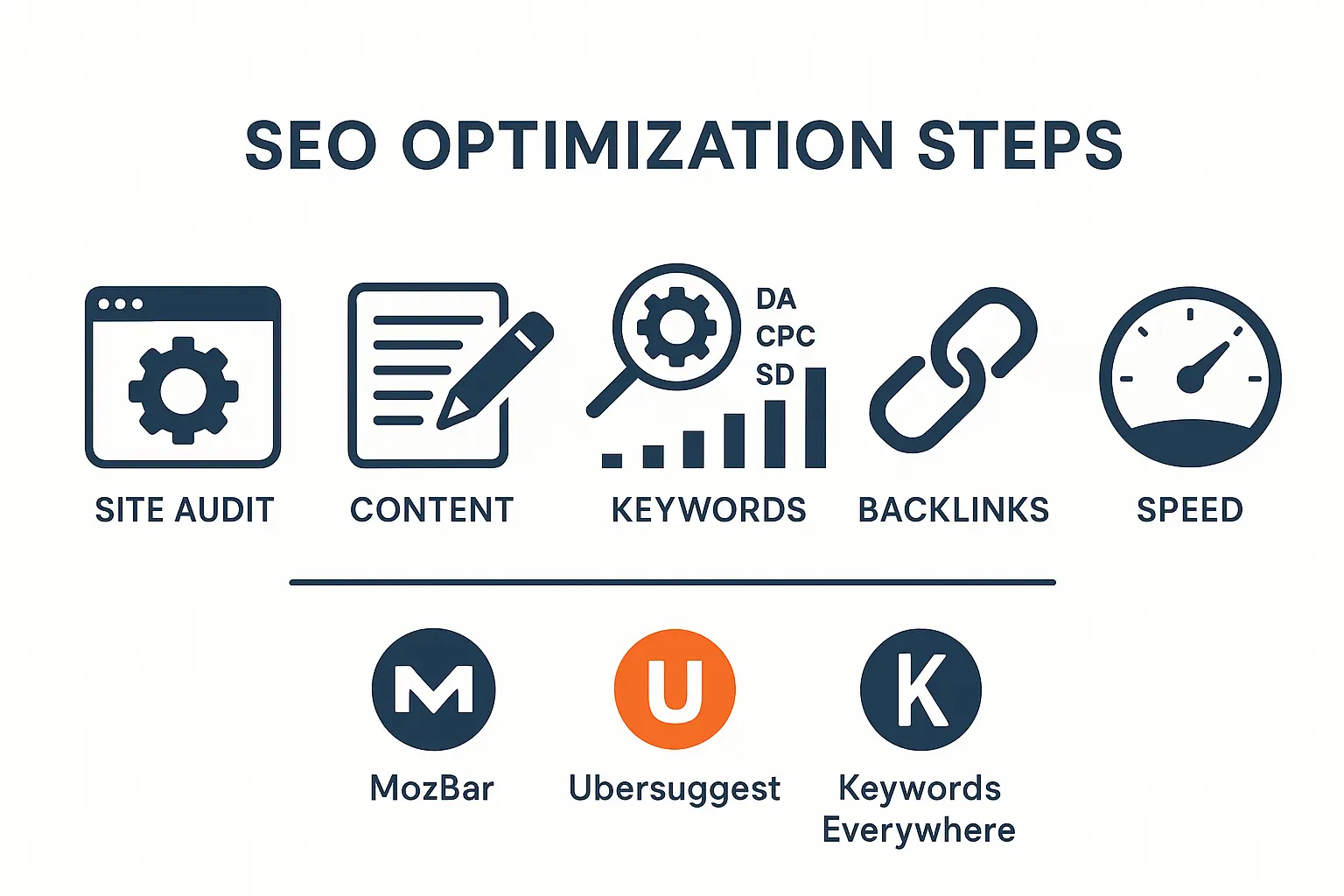
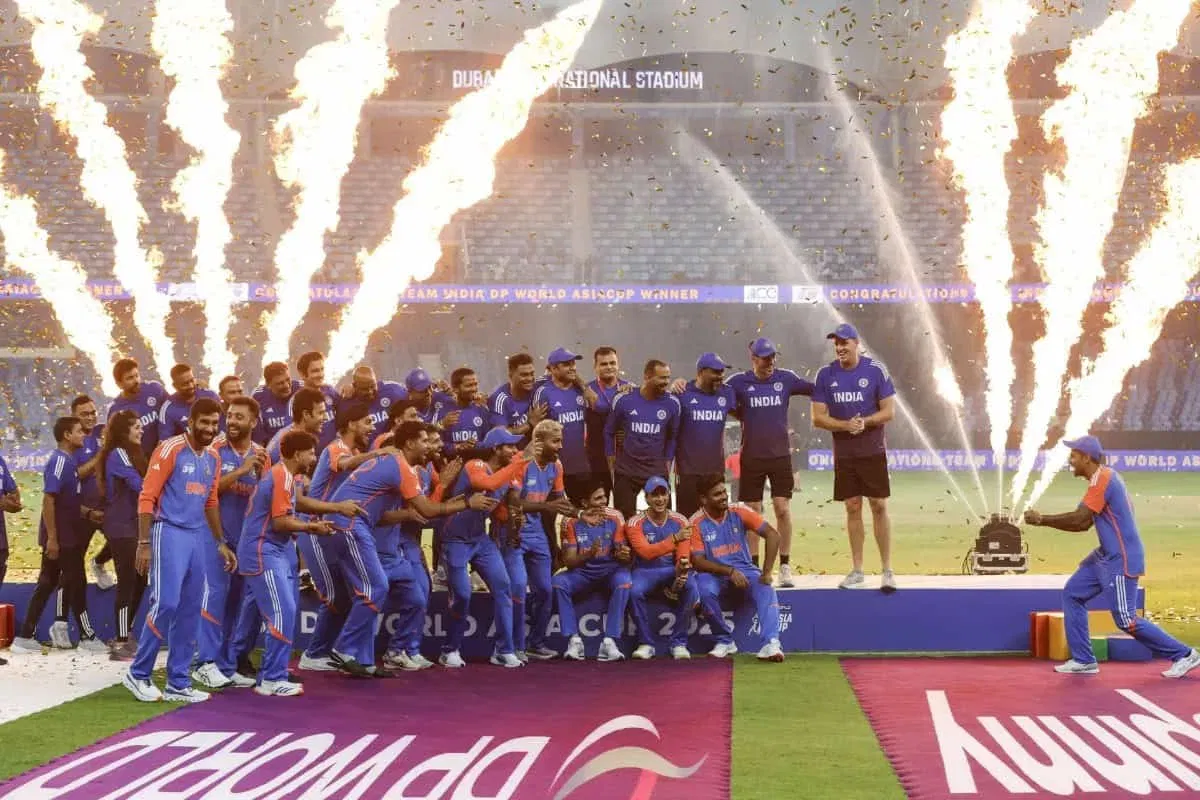
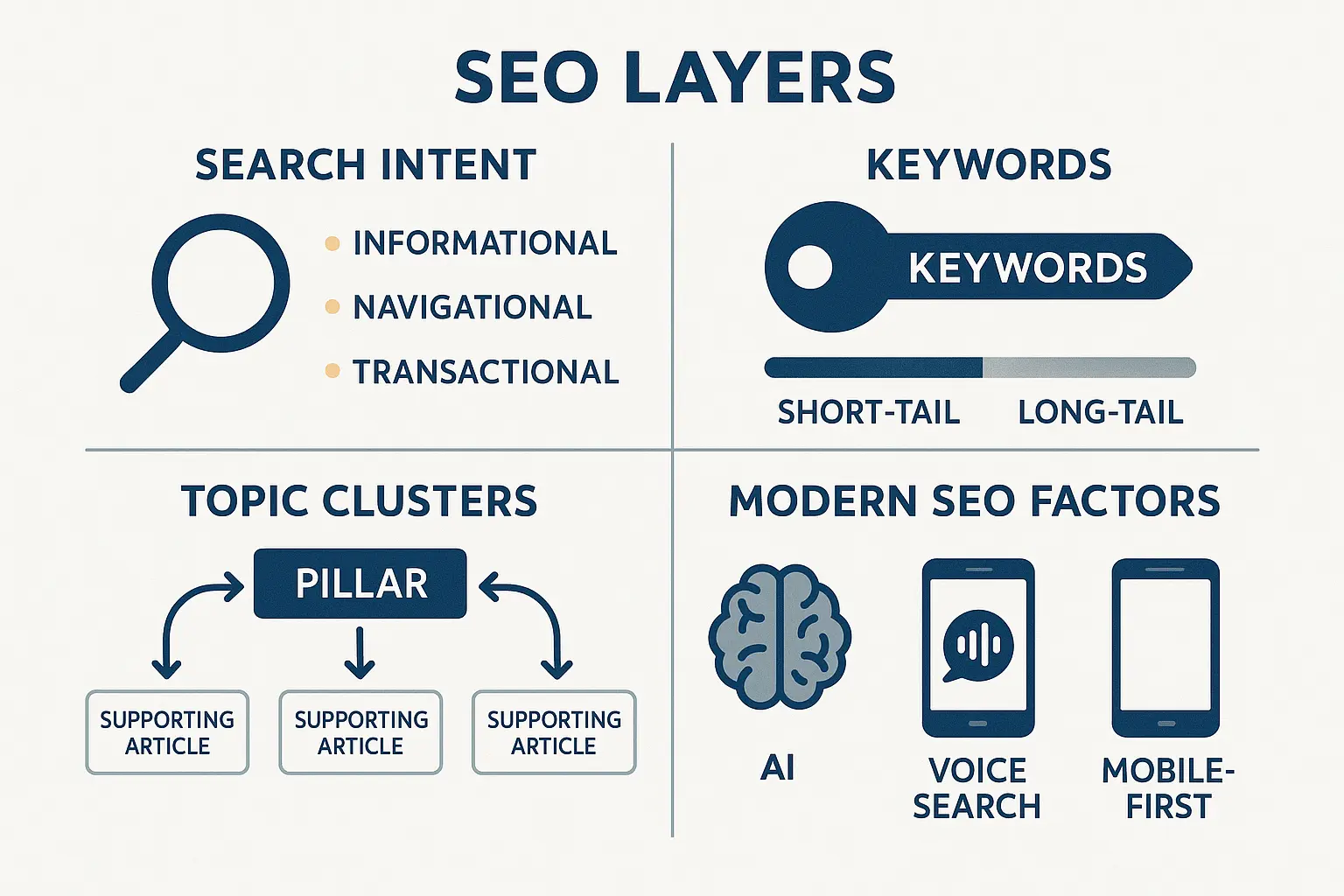
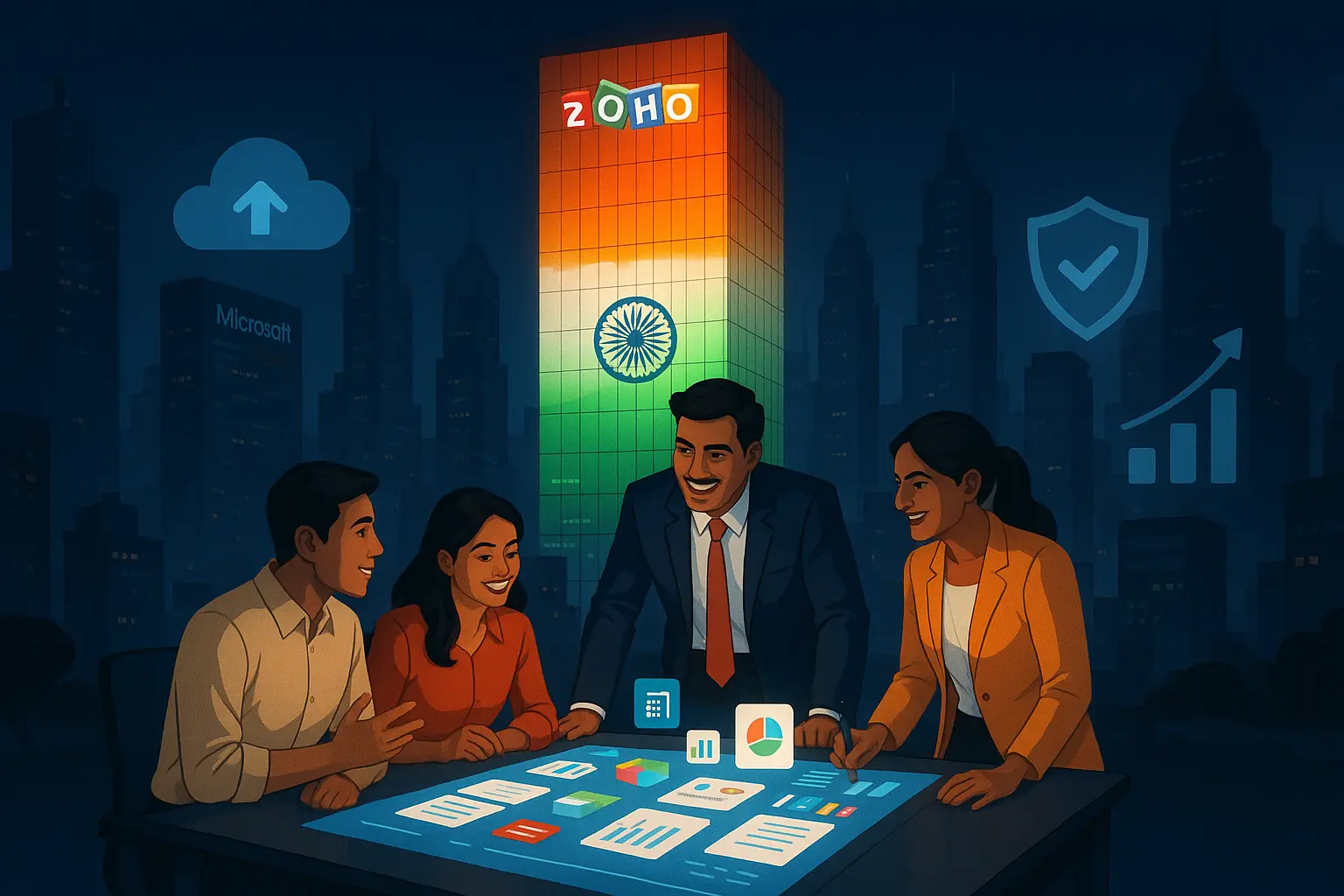
No comments yet. Be the first to comment!